Starting out with housing in Tokyo? Expect compact, unfurnished apartments like 1K or 1LDK. Move-in fees can be high, and you’ll handle your own utilities. Be ready for strict garbage rules, quiet nights, and paperwork like ID, visa, income proof, and a guarantor.
Understanding Apartment Living in Japan
Apartments in Japan are known for making the most of limited space with smart, functional layouts. In a dense city like Tokyo, where every square meter counts, homes are designed to offer comfort without excess. You’ll often come across floor plans like 1R (a single-room studio), 1K (a room with a separate kitchen), or 1LDK (a one-bedroom unit that includes a combined living, dining, and kitchen area). Each setup is suited to different living needs, whether you’re on your own or part of a small household.
Getting familiar with these layout styles will give you a clearer sense of what to expect and what suits you best when searching for a place in Tokyo. It also helps you filter listings more efficiently when browsing online. Understanding the layout codes can save you time and avoid surprises during apartment viewings.
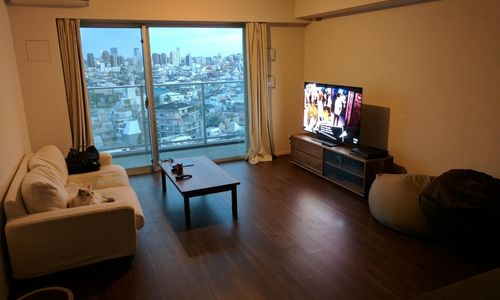
Efficient floor plans in Tokyo homes
Searching for Apartments in Tokyo: Where to Begin
Looking for an apartment in Tokyo can feel overwhelming at first, especially if you’re unfamiliar with the local housing system. A good place to start is by narrowing down the neighbourhoods that fit your lifestyle, budget, or commute. From there, platforms like GaijinPot, Real Estate Japan, or SUUMO offer a wide range of listings. If you need extra support, working with an agent who has experience helping foreign renters can be incredibly helpful.
To make the process smoother, be sure to prepare key documents in advance, such as your passport, visa, and guarantor information, if required. Doing a few viewings before making a decision can also give you a better sense of the space. And don’t hesitate to ask questions; transparency is key when signing a rental contract in Japan.
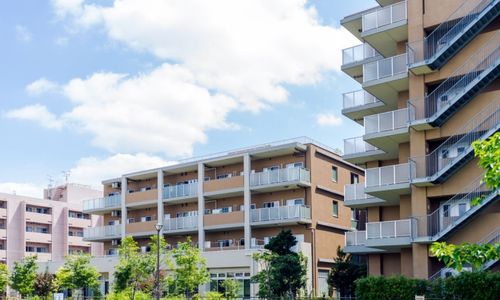
Tokyo apartment search tips for newcomers
Common Types of Rental Units in Japan’s Capital
When you’re looking to rent in Tokyo, you’ll quickly notice that apartments are labelled by layout codes like 1R, 1K, or 2LDK. These names might seem confusing at first, but they’re pretty straightforward once you break them down:
- 1R (One Room): A small studio where everything sleeping, living, and cooking is in one open space. Great for solo renters who want something compact and affordable.
- 1K: Similar to 1R but with a separate kitchen area. You get a bit more privacy when cooking or entertaining.
- 1DK: This layout has a clear dining area and kitchen apart from the main living space, ideal if you like to cook and eat at home.
- 1LDK: Includes a separate bedroom plus a combined living, dining, and kitchen space. Perfect for singles or couples wanting a little more room.
- 2LDK/3LDK: Two or three bedrooms plus shared living, dining, and kitchen areas well-suited for families or those who want extra space for guests or a home office.
In Tokyo, apartments are typically found in two types of buildings: apāto and manshon. Apāto are smaller, low-rise buildings made with lighter materials, more affordable but less insulated. Mansions, on the other hand, are sturdier, high-rise structures built from concrete, offering better security, comfort, and soundproofing, though they tend to cost more.
How Much Does It Cost to Live in a Tokyo Apartment?
These figures are averages and can vary based on specific locations and property conditions. Rental prices in central Tokyo are generally higher due to proximity to business districts, transportation hubs, and lifestyle amenities. Meanwhile, properties outside the city centre tend to offer more space at a lower cost, appealing to families and commuters.
|
Apartment Type |
City Centre (¥) |
Outside Centre (¥) |
|
1R (Studio) |
~172,672 |
~90,063 |
|
1K/1DK |
~81,217 |
~65,000 |
|
1LDK/2K/2DK |
~120,974 |
~83,000 |
|
2LDK/3K/3DK |
~181,996 |
~110,000 |
|
3LDK/4K/4DK |
~266,352 |
~150,000 |
The table highlights a significant disparity in rental costs between central and outer areas of Tokyo. For those on a limited budget, choosing a property outside the city centre may offer better value, especially for families or individuals seeking more space. On the other hand, living in central Tokyo provides greater convenience, with easier access to transportation, work, and amenities, justifying the higher rent for some. Ultimately, selecting the right location depends on personal preferences and financial priorities.
What You’ll Need to Rent a Japanese Rental Apartment
In Japan, key money, known locally as reikin, is a customary upfront payment given to landlords when finalising a lease. Unlike a deposit, this amount is not returned at the end of your stay, regardless of the property’s condition. It’s traditionally seen as a sign of gratitude for being granted the opportunity to rent the space.
The cost usually falls somewhere between one and two months’ rent, although more landlords, particularly those renting to international tenants, are now choosing to lower or eliminate this charge.
Along with key money, renters should also budget for other move-in expenses such as the security deposit (shikikin), real estate agent fees, and the first month’s rent. Planning for these costs can help ensure a smoother leasing experience.
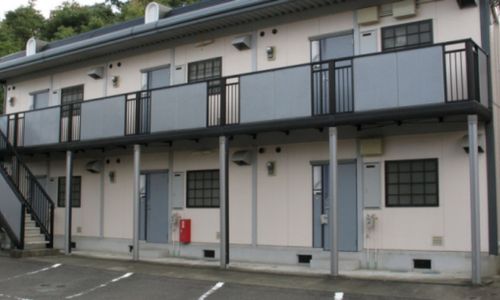
Budgeting for key money in Tokyo
What to Expect When Renting in Japan
Looking for a place to rent in Japan comes with its own rhythm, and it may feel a little unfamiliar at first. To begin, it’s important to work out your full budget, not just for the monthly rent, but also for upfront costs like the security deposit, agency commission, and possibly key money, which is a goodwill payment made to the landlord. Because the fees can be substantial, setting a financial plan in advance is a smart move.
Once your budget is set, you can start browsing property websites such as Real Estate Japan, SUUMO, or GaijinPot. These platforms allow you to filter listings by location, rent range, and layout. If you’re already in Japan, visiting a local agency in the neighbourhood you like can help you access listings that aren’t published online and give you direct advice based on your needs.
When you’re ready to apply for an apartment, make sure you’ve gathered all the required paperwork. Typically, this includes your passport, visa or residence card, proof of income, and contact details for a guarantor. If you don’t have someone who can act as one, many landlords accept guarantor companies for an added fee.
Once approved, you’ll be asked to sign a rental contract, usually for two years. Be sure to read through the terms carefully, including clauses about renewals and notice periods. After completing all formalities and making the necessary payments, you’ll receive your keys and can begin setting up essential services like electricity, water, and gas. Some agencies may assist you with these arrangements.
Although the process may seem complex at first glance, knowing what to expect and staying organised will make the experience far less stressful. With a bit of preparation, finding a suitable home in Japan can be a straightforward and rewarding journey.
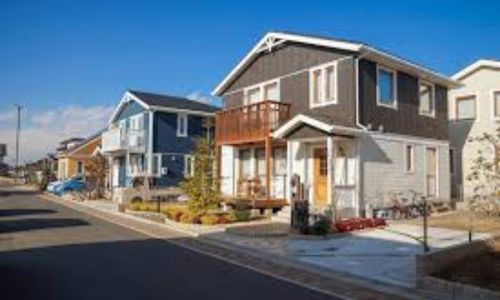
Japan apartment rental tips and steps
Daily Living in a Tokyo Apartment
Living in a Tokyo apartment offers a unique mix of compact living and cultural awareness. Due to limited floor space, most homes are designed to be as practical as possible, and many include smart storage, foldable tables, or multi-use furniture. Since electric dryers aren’t common, residents often air-dry clothes on the balcony or inside using built-in drying systems. Coin laundromats are also available nearby for convenience.
Apartments can have thin walls, so being mindful of noise, especially during early mornings or late evenings, is part of daily courtesy. Garbage sorting is another important routine; items must be separated into categories like burnables, recyclables, and plastics, with collection happening on fixed days. It may take some getting used to, but it quickly becomes part of the weekly rhythm.
As for utilities, tenants typically arrange their services for water, gas, and electricity. Bills can be paid through bank transfer or even at convenience stores, depending on the provider. Lastly, manners matter; always remove shoes at the entrance and keep common areas clean, as respect for shared living is deeply valued. While it may feel like a lot at first, adapting to these routines not only helps you settle in smoothly but also allows you to live more like a local.
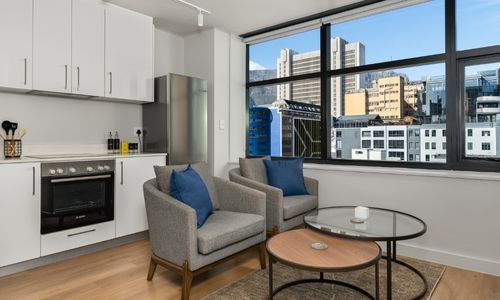
Adapting to Tokyo apartment living
Conclusion
Finding a place to live in Tokyo can feel overwhelming at first, especially with unfamiliar floor plans, rental customs, and lifestyle adjustments. But once you understand how things work, the process becomes a lot easier. From compact studios to more spacious options near central districts, the city has something for everyone, whether you’re living solo, with a partner, or moving here for the first time.
If you’re relocating to Tokyo and still looking for a place to call home, Arealty.jp is a great place to start. Their friendly team offers free support and personalised guidance to help you find the apartment that fits your needs and lifestyle. Don’t hesitate to reach out; they’re here to help you settle in smoothly.

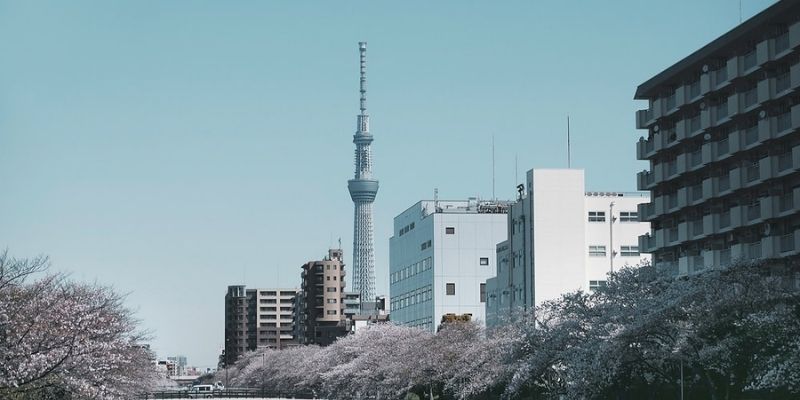

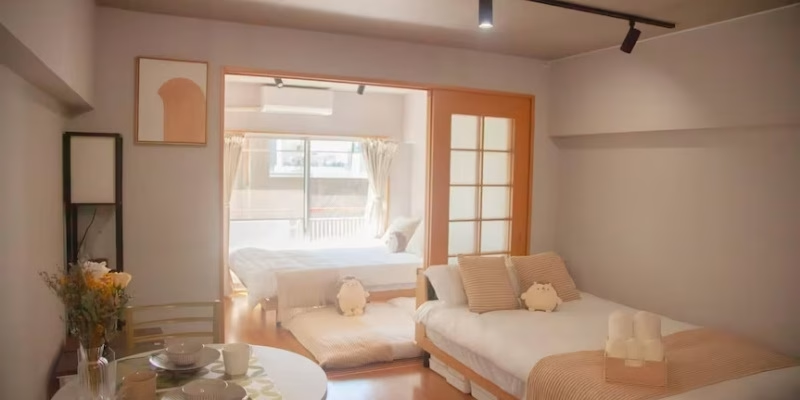

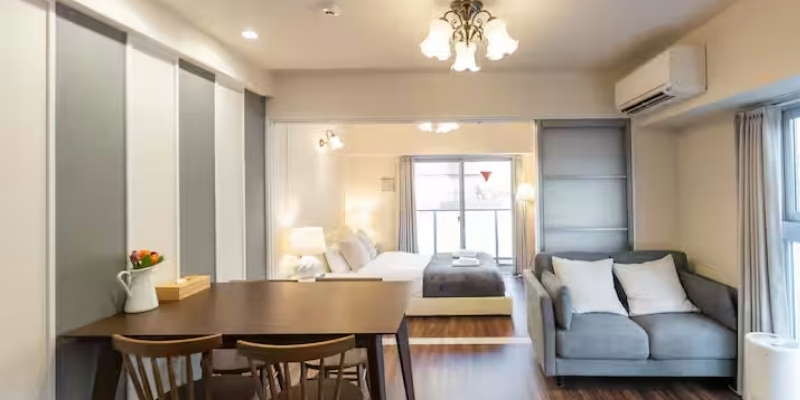
Leave a Reply